Great Lakes Oil Pipeline Not ‘Vital’, Report Finds
Twin oil pipelines running below the Straits of Mackinac are unnecessary—and unnecessarily risky—a new study says.
By Codi Kozacek
Circle of Blue
The aged oil pipelines that cross below the Straits that join Lake Michigan and Lake Huron can be decommissioned, according to a report released this week, without affecting energy consumers in Michigan’s Upper Peninsula or refineries in southern Michigan and Canada.
Line 5, a 62-year-old pipeline operated by Canadian energy company Enbridge, carries as much as 540,000 barrels per day of light crude oil and natural gas from Superior, Wisconsin to Sarnia, Ontario. The pipeline has garnered intense scrutiny since a 2012 report by the National Wildlife Federation brought to public attention a 7.2-kilometer (4.5-mile) section of the line that runs underneath the Great Lakes at the Straits of Mackinac.
Previous studies have concluded the Straits would be the “worst possible place” for an oil spill in the Great Lakes, and in July, a Michigan state task force issued a harsh critique of the Line 5 crossing, noting that available information was “insufficient to independently verify Enbridge’s public assurances regarding the ‘excellent condition’ of the Straits Pipelines or that its existing practices ensure that ‘the likelihood of a leak in the Straits is low.'”
The new report, commissioned by For Love of Water (FLOW), a Traverse City-based water law and policy group, asserts that the pipeline –and the risk it entails– is unnecessary. The oil products carried by Line 5 below the Straits of Mackinac can be delivered to customers utilizing other existing pipelines that do not cut through the Great Lakes, it concluded. The findings “directly refute claims by Enbridge that Line 5 is a ‘vital piece of Michigan energy infrastructure’ that must remain in the Great Lakes indefinitely,” according to a press release accompanying the report. Enbridge did not respond to a request for comment.
Over the past three years, the Michigan state government, nongovernmental organizations, and the public have engaged in a collective weighing of the risks and benefits of Line 5. In its July report, the Michigan state pipeline task force recommended that the government assess alternatives to transporting oil through the Straits crossing, leaving the door open to shut the line down. Governor Rick Snyder, a Republican, formed the Michigan Pipeline Safety Advisory Board in September to carry out the task force recommendations, and also signed a deal with Enbridge to ensure that no heavy tar sands crude oil is shipped through the line.
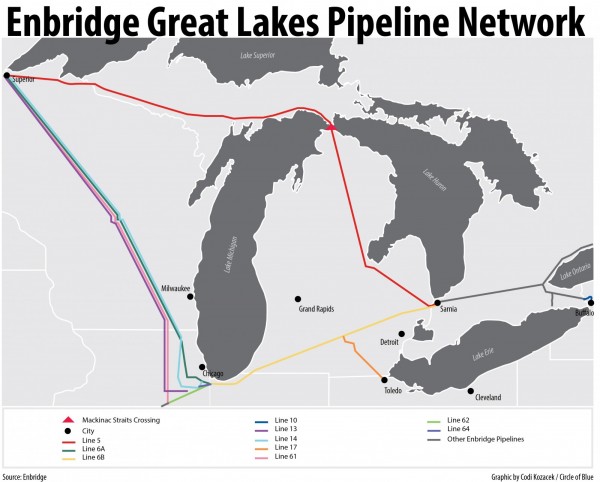
The debate over Line 5 has exposed an underlying tension in the Great Lakes; the region is at once a hub of tourism and recreation based on abundant natural beauty and also the beating heart of a vast energy transport system that draws oil from western Canada and pumps it through the manufacturing and export arteries of the Midwest. The two collided in 2010 when an Enbridge pipeline ruptured near the Kalamazoo River, causing the largest inland oil spill in U.S. history, and raised further questions about the burgeoning flow of oil through the Great Lakes region.
Larger forces could also come to bear on the decision to allow or disallow Line 5’s continued operation. This month, international negotiators signed the first legally binding global deal to limit carbon emissions and slow climate change. The deal is expected to influence the transition away from fossil fuels, including the oil transported through the Great Lakes. At the same time, Congress is proposing to lift a ban on domestic oil exports that has been in effect for 40 years, a move that would likely increase the significance of the Great Lakes pipeline network.
Exploring Alternatives to Line 5
Line 5 is part of Enbridge’s continental pipeline system that stretches more than 3,000 kilometers (1,900 miles) across the Great Lakes region. In light of growing oil production in Alberta’s tar sands region and the American West, the company is pursuing a number of projects to upgrade and expand the capacity of its pipeline system. Upgrades to its Alberta Clipper pipeline, which runs through Minnesota and Wisconsin, would boost the line’s capacity to 800,000 barrels per day from 450,000 barrels per day. A second project to upgrade pumping stations aims to increase the capacity of Line 61, a pipeline that runs from Wisconsin to Illinois, from 560,000 barrels per day to 1.2 million barrels per day. In 2014, Enbridge completed a replacement of the Line 6B pipeline that ruptured near Kalamazoo, which expanded the line’s capacity from 240,000 barrels per day to 500,000 barrels per day.
In effect, Enbridge is building an oil transport network for Canadian tar sands oil that replaces the Keystone XL pipeline — cancelled by President Obama in November — which would have transported up to 830,000 barrels daily from Canada to the Gulf Coast. With no State Department review, scant state oversight, and with thin public opposition Enbridge is close to completing the $10.4 billion project, which would make Gulf and Atlantic coast terminals accessible to tar sands oil.
The FLOW report, presented to the Pipeline Safety Advisory Board on Monday, emphasized the need to assess alternatives to Line 5 through the lens of this larger system.
“What that means is to make sure that you’re looking at the big picture,” Liz Kirkwood, executive director of FLOW, told Circle of Blue. “You’re not isolating the alternatives to a single pipeline versus different transportation modes.”
“We were really troubled with this notion that alternatives meant alternative transportation modes—bomb trains versus pipelines versus oil barges,” Kirkwood added.
Instead, the expansion projects, in conjunction with other pipelines bringing oil from the southern United States, mean there is enough capacity to provide the oil currently carried by Line 5 to refineries in Detroit, Toledo, and Sarnia from other existing pipelines, the report found. The portions of Line 5 north of the Straits crossing could continue to provide natural gas to Michigan’s Upper Peninsula, which receives 85 percent of its propane from the pipeline. Sections of Line 5 south of the crossing could also continue distributing oil produced in northern Michigan –about 10,000 barrels per day– to southern refineries.
In its report to the state, the pipeline task force also highlighted the need to evaluate Line 5 and any alternatives while keeping in mind that the Great Lakes are a public trust resource, meaning they are protected for the benefit and enjoyment of all citizens. It noted that the original state agreement authorizing the Line 5 pipeline requires the pipeline operator to “at all times…exercise the due care of a reasonably prudent person for the safety and welfare of all persons and of all public and private property….”
“It’s that central understanding that there are certain resources of such high value—like our waters, our air—that if the private action or the private use will likely impair or destroy that resource, than a different alternative must be pursued,” Kirkwood said. “The tension of course is about cost and inconvenience. When these issues arise, they’re looked at and examined on a case by case basis because the fact patterns are different, but inconvenience and increased cost are not sufficient reasons to reject an alternative.”
The FLOW report was sent to all 16 members of the Pipeline Safety Advisory Board. The board will thoroughly look at all of the alternatives, Judy Palnau, a spokesperson for the Michigan Public Service Commission, told Circle of Blue.
A news correspondent for Circle of Blue based out of Hawaii. She writes The Stream, Circle of Blue’s daily digest of international water news trends. Her interests include food security, ecology and the Great Lakes.
Contact Codi Kozacek

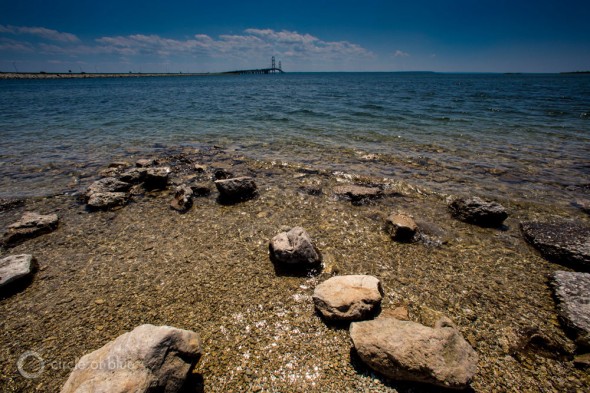
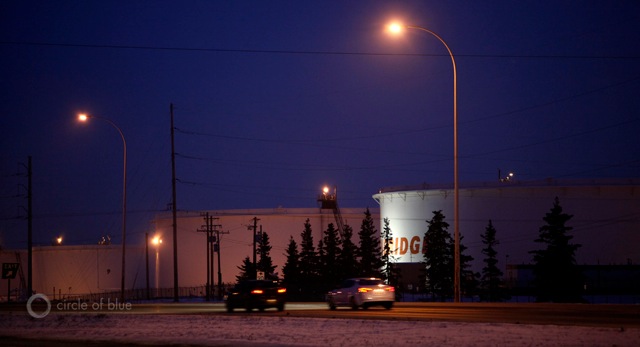

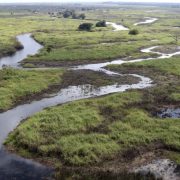
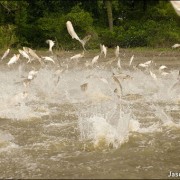
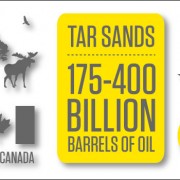



Leave a Reply
Want to join the discussion?Feel free to contribute!